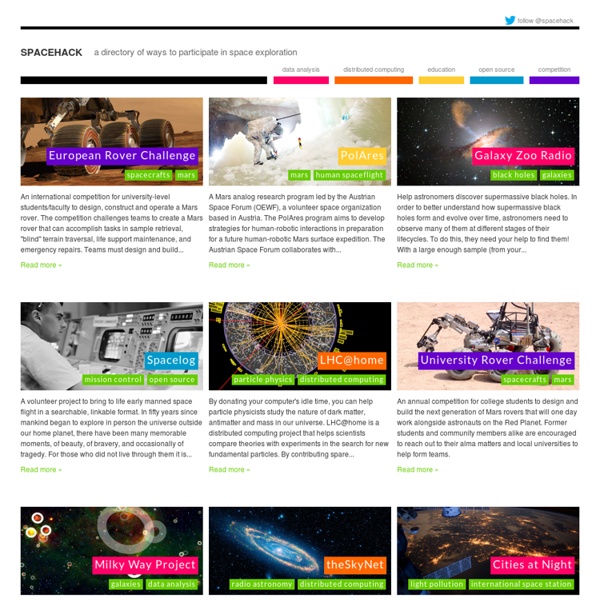



Free Physics Video and Audio Courses These are the free physics video and audio courses. They are ordered based on their difficulty, starting with easiest first and ending with the most difficult. Also if you love physics, check out my friend's video websites dedicated to three famous physicists: And here are the physics video lectures: Descriptive introduction to physics: No prior physics is required. Classical Mechanics: In addition to the basic concepts of Newtonian Mechanics, Fluid Mechanics, and Kinetic Gas Theory, a variety of interesting topics are covered in this course: Binary Stars, Neutron Stars, Black Holes, Resonance Phenomena, Musical Instruments, Stellar Collapse, Supernovae, Astronomical observations from very high flying balloons (lecture #35), and you will be allowed a peek into the intriguing Quantum World. Introductory Physics Introduction to forces, kinetics, equilibria, fluids, waves, and heat. Electricity and Magnetism: Vibrations and Waves: Symmetry, Structure, and Tensor Properties of Materials
PocketSpacecraft.com | Open source open access personal space exploration 100 Year Starship Study Google Book Downloader - Home This Woman Has Spent The Last 14 Years Photographing The World's Oldest Trees San Francisco-based photographer Beth Moon has spent the last 14 years in search of the world’s oldest trees. In the most remote and obscure locations she has uncovered the most spectacular trees, many of which appear old enough to hold long buried secrets of the world. In her artist statement Beth writes, “Standing as the earth’s largest and oldest living monuments, I believe these symbolic trees will take on a greater significance, especially at a time when our focus is directed at finding better ways to live with the environment.” Take a peak at some of the most amazing and oldest trees Beth encountered throughout her 14-year journey. Beth decides which trees to photograph using a few different criteria. Before venturing to a certain location, Beth does her research uncovering the history of the spot. Dr. It is so important that we fight to protect the old trees that still stand tall, they are the only living thing that remains of the distant past. How do you know how old a tree is?
Maxwell's equations: meaning, derivation and applicability - Classical Physics Quote So if Coulombs law works best for you, then use coulomb's law - there's no need to re-invent the wheel. As far as the original problem goes it is solved, but it uncovered great many things for me, so what is left now is curiosity because this solution implies Coulomb's and Biot-Savart law tell different and more complete story than Maxwell's equations and yet they are supposed to talk about the same E and B fields. There are two kinds of fields, "radial" like gravity and electric fields, and we have "rotational", like vortexes, whirlpools or magnetic fields. The quantity of electric potential of a single electron is discrete and the smallest quantified one, it does not vary or change but only its magnitude is "felt" less as the distance increases in whatever direction. This page here shows you how to get coulomb's law from maxwell's first equation: -- This page says: -"Gauss's law can be derived from Coulomb's law Merged post follows:
Astro Bob | Celestial happenings you can see from your own backyard Apollo 11 Flight Journal - Index Page National Aeronautics and Space AdministrationNASA History Division David Woods, Ken MacTaggart and Frank O'Brien Welcome to this 29 March 2011 release of the Apollo 11 Flight Journal, part of the Apollo Flight Journal series. Like its companion, the Apollo Lunar Surface Journal, it is intended to be a resource for all those interested in the Apollo program, whether in a passing or scholarly capacity. This journal covers the flight of Apollo 11, eventually from launch to splashdown. Journals for other Apollo flights are available at the AFJ Portal. Travelling from the Earth to the Moon Lunar Orbit Homeward Journey to Earth Photography Index Apollo 11 Documents (with thanks to Bob Andrepont) Journal Essays Correspondence regarding corrections, additions and typographic errors are welcome and should be sent to David Woods at , Ken MacTaggart at or to Frank O'Brien at . The corrected transcript, commentary, and other text incorporated in the Apollo Flight Journal is protected by copyright.
Skull-A-Day